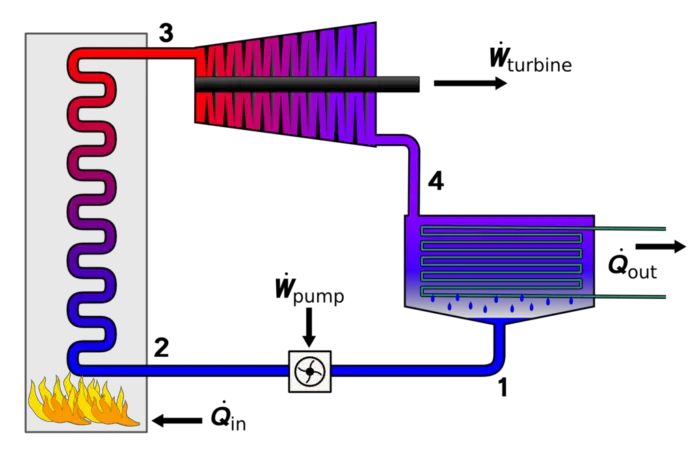Many aspiring engineering students are intimidated by both physics and calculus; and for good reason, they are difficult subjects. As a mentor, high school students often ask me if he or she should take physics in high school. My answer is a resounding,”Yes!”
An engineer needs to study physics because ALL engineering is simply applied physics. Physics is the study of energy and matter in our natural world. An engineer must understand how to use the laws of physics to diagnose, solve problems, create and innovate.
I recommend that high school students on an engineering career path take physics before college for three reasons. First, engineering is a tough major and taking physics is good preparation for the road ahead.
Second, taking physics is a good indicator if you want to be an engineer. After a year of high school physics, you will know if engineering is the right career for you. If not, you haven’t wasted much time and money and can still choose a new college major or career path.
Third, a high school physics class will be a good indicator of what type of engineer you will want to be. Physics is such a broad topic and you will be exposed to many of the engineering disciplines in a high school. Surely, one or two will stand out.
For me, I really enjoyed studying particle motion (kinematics and kinetics) and structural design. Taking physics in high school led me to want to study Mechanical Engineering. Although, part of me wished that I had shifted to control systems engineering.

ALL Engineering is Applied Physics
Looking over my college course requirements, I noticed that each class was simply taking a subject out of my high school physics class and expounding on and making application of it.
For example, we learned how the basic concept of Hooke’s Law (how springs behave) can be used with the mechanical properties of a material for the purpose of structural analysis using linear algebra. The Finite Element Analyis (FEA) process breaks large and complex structures down to millions of very small springs.
It was engineers (an mathematicians) that combined all of these concepts to make an easily usable tool for engineers to analyze structures for strength, thermal conductivity and buckling.
Applying Physics Based on Engineering Discipline
Mechanical Engineering
Solids / Structures
In mechanical engineering, things like forces and vectors were the basic building blocks for determining statics and dynamics. If the forces and vectors canceled each other out, we were working with statics. If they didn’t it is a dynamic situation.
By applying physics, we can determine how strong a building or bridge needs to be for the load intended. For those that design machines, we need to break our designs down into smaller and smaller subsystems to ensure structural integrity.
Physics is also important when dealing with energy and momentum. We all want to know how much energy a system that is using and the basic physics principles give us the know how to do it. This has practical application in the automotive industry as there is always a push to get better fuel consumption.

Dynamics
As dynamic systems need to speed up and slow down, we need to address inertia. When you are driving your car and need to stop at a traffic light, you will notice that the car seems to lunge forward when you first press the brake.
This feeling will continue until after your wheels have come to a complete stop. The car will then rock back once all the inertia has been removed from the system.
The system mentioned above is based on physics, and you will be able to calculate them using information gained in your engineering dynamics class.
For me, I am really into roller coasters! Having been on more than 120, I have ridden some rough ones like Wildcat at Hershey Park and some glossy smooth ones like Fury 325 at Carowinds. Why is there such a difference?
Engineering will tell you that there are multiple things that come into play: track layout, forces applied to the structures, the materials used, the weather conditions and maintenance.
Lately, I have been studying how to design smooth transitions in roller coasters for those who want to build their own backyard roller coaster.
Fluid Mechanics
In fluid mechanics, physics covers the basics of how fluid flows in pipes and over surfaces. These ideas are further developed into topics such the Bernoulli Principle, Navier-Stokes Equations and fluid compressibility. Using these together, we can figure out what is necessary to accomplish space flight.
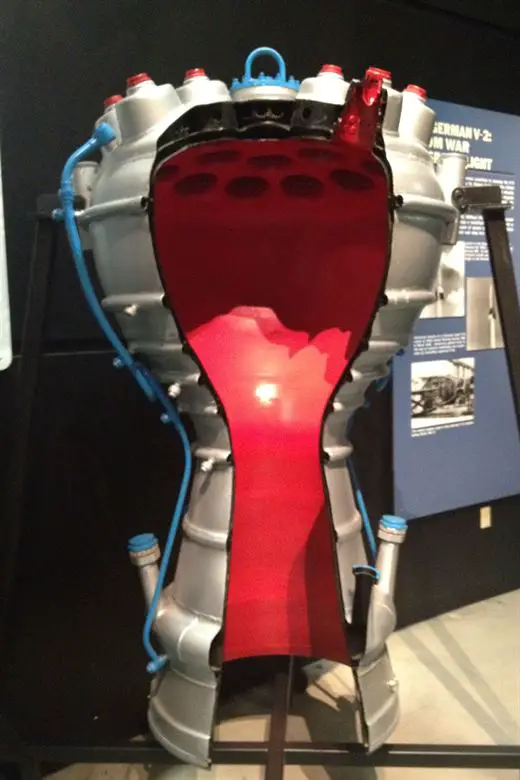
Image Courtesy of National Museum of the USAF
We also apply these basic physics to measure the wind speed (as opposed to ground speed) of an airplane or how much friction it takes to push a boat through the water.
Hydraulics is the direct application of the physical relation between force, pressure and area. Using this relationship, we are able to lift and move heavy objects with very little human effort.
Thermodynamics
In the last branch of mechanical engineering, thermodynamics, we study how heat will flow through walls, air, water and space. We can understand why it can be cold outside (say 46°F, 7°C) and feel warm because of the radiant heat from the sun.
Further development of thermodynamics, leads us to electrical power generation through steam cycles.
If we find the best ways to transfer heat in heat exchangers, we can develop HVAC (Heating, Ventilation and Air Conditioning) systems that run at high efficiencies (well over 100%). This allows your home to be nice and warm without breaking the bank.
Electrical Engineering
An electrical engineering co-worker of mine always spouts off that, “there is no such thing as an electrical problem.” Most people think that he is wrong, but he is not; electrons can only behave strictly according to the laws of physics. Many common “electrical problems” like loose or shorted wires require mechanical solutions, like securing a connection or removing a short, to resolve the issue.

Basic physics will also cover electricity and magnetism are inextricably linked together. Every wire in an electric circuit creates a magnetic field. As an electrical engineer, you will need to know that and provide shielding to components that may react negatively to magnets.
One benefit of the generated magnetic field is it gives us the ability to measure the current in a wire with out disconnecting it. We can clip the red part around one (an only 1) wire to measure the current. Since we aren’t physically putting the current through the meter, we can potentially measure very high currents safely.
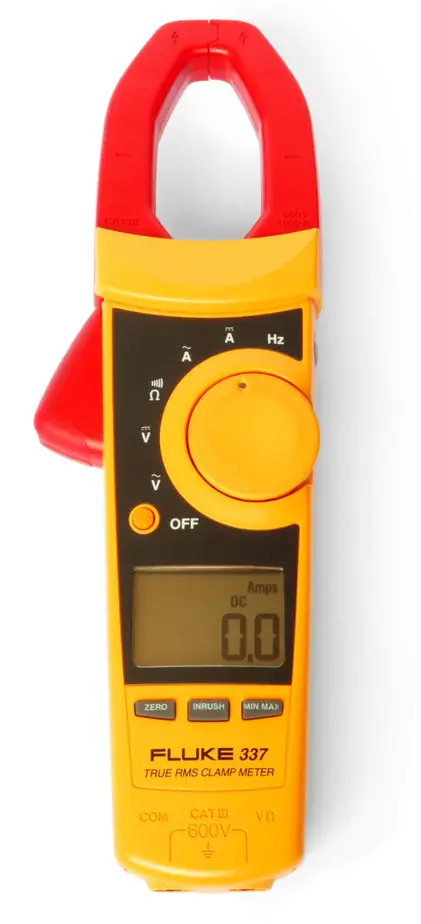
My first internship was a company that did electrical, magnetic and radio frequency shielding for PC boards. My basic understanding of physics helped me to understand the goals of the engineers when they designed new products.
Another benefit of magnetism and electricity being tied together is that we can change rotary motion into electricity and vice versa. In a DC (direct current motor), there are electromagnets, minimum of 6, attached to a rotor (spinning part). The rotor is placed in a stator which has permanent magnets mounted on opposite sides.
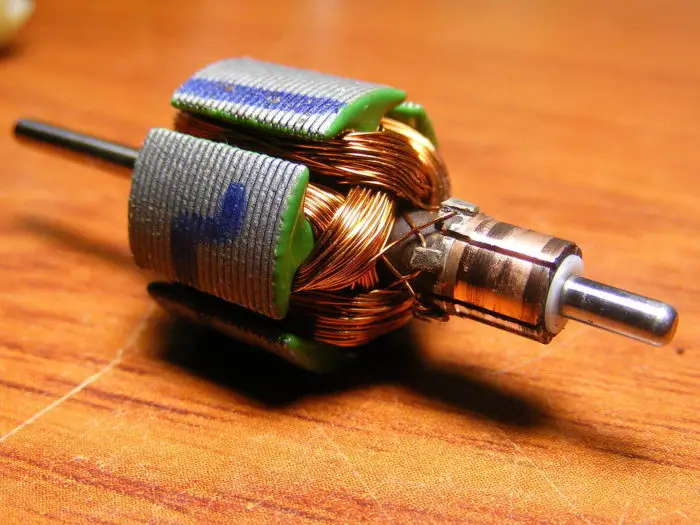
Jjmontero9 / CC BY-SA (https://creativecommons.org/licenses/by-sa/3.0)
On the rotor there are contact pads. These contact pads are connected to two electromagnets having opposite polarity. Brushes are used to transfer the electricity to the rotor on the contact pad, which energizes the electromagnets. As a result the magnets will want to attract and turn the shaft.
As the shaft spins, one set of brush contacts will drop off as another is being turned on. This ensures that a DC motor will always be able to give full torque.
Computer Engineering
Computer engineering will center around physics in the realms of data storage and processing.
More and more components are becoming solid state, a technology that replaces older mechanical actions (like relays) with semiconductors. These solid state components can switch on and off much faster and last far longer than their mechanical equivalents.

This technology is used to increase computer processor speed while minimizing size and heat generation. Solid state devices are important in the transmission of data through wires, fiber optic cables and even through space.
Computer engineers also need to understand how magnetics from current flow and outside radio frequencies will effect the components they design. I had an internship at a company that provided RFI / EMI shielding components. There is quite a lot of design that goes into producing shields for circuit boards.
Physics is instrumental in the study of optics. Back in the 1980s and 1990s, there was tons of research and development that went into optic and lasers (amplified light) for the purpose of data storage. CDs, DVDs and BluRay were the glorious product that resulted. Before this, magnetic tape and vinyl records were the best methods of storing data.

Writable CDs and DVDs were the standard for transmitting data from one computer to another until the early 2000s. This quickly ended with the advent of the USB thumb drive. I remember my first 15Mb (yeah, MEGA bytes). Now you can get them up to 1 TB!
Who knows what the future will hold in this arena, but we know that it will all be based on the latest discoveries in physics.
Mechatronics / Robotics
This combination of mechanical, electrical and computer science will be a very challenging field to be in. As demands for automation increase, engineers will need to maximize flow. As high speed automation increases, there will be limits to how fast and accurate machinery can move because of its inertia.
Also, as the need for robotics keeps increasing, we will need a wide variety of robots. We need them to be more compact to do very small jobs. We need them to lift more so that objects can be moved without the use of overhead cranes. Finally, we need the to be more precise.
All of these needs in robotics will heavily rely on physics to accomplish these goals.
Civil and Structural Engineering
Physics plays a critical role in both civil and structural engineering. First off, any road, bridge and building is built on the ground. I have a portion of the walkway to my house that is uneven because it has shifted over time. Civil engineers study soil and how to build on it extensively so that we don’t have another leaning tower of Dallas (I mean Pisa).
Knowing how soil compaction, weather patterns, and freeze depths affect a footing allows the engineer to select the right type of foundation for any job. This is critical so that roads don’t shift, buildings don’t lean and bridges don’t collapse. All these are purely based on physics.
Aside from soil considerations, structural and civil engineers also need to know about the materials used in design. For roads, the properties of asphalt and concrete have different properties (long term) based on the conditions when it is laid down. Things like temperature, humidity and the water absorption can drastically affect the properties and time to cure.
In buildings and bridges, we need physics to tell us the limits of stress, strain and buckling to make the lightest and strongest structures. Since the structures are constantly being loaded and unloaded, we need to understand the effects of cyclical loading (called fatigue) will affect the design.
Aerospace Engineering
Aerospace engineers will apply physics to airplanes and spacecraft largely through computational fluid dynamics (CFD). CDF Software packages are based on the Navier-Stokes equations that demonstrates how any fluid will flow around or over objects.
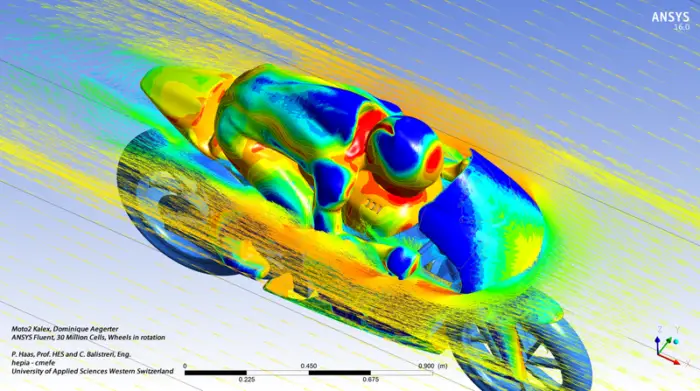
Aside from that, spacecrafts are subjected to large temperatures differentials. Materials in the sun can reach temperatures of 248°F (120°C) and in the shade -148°F (-100°C). Not only do you need good insulation for personnel, but the ship has electronics that cannot withstand those temperatures.
Most notable, is that materials will expand or shrink based on temperature. This is usually not a problem on earth, but with a 400°F temperature swing, this can create havoc in space. Aerospace engineers need to be researching new materials that have low coefficients of thermal expansion (like carbon fiber materials) to solve this problem.
Calculus or Non-Calculus Based Physics
To calculus or not to calculus; that is the question. If you are interested in physics, but don’t want to become an engineer or scientist, take non-calculus based physics. You will receive an understanding of the physical world without being bogged down with the math.
However, calculus is the language of our natural world. If you intend to become a mechanical engineer, you will be required to take calculus based physics. To be successful as an engineer, you will need to fluently speak Nature’s language.
It’s not as bad as it seems. With the advent of the internet and YouTube, you can get a lot of free help with your studies and hear lectures from multiple instructors. I didn’t have these things when I went to school and needed help from tutors as well. Don’t be afraid to reach out for help.
In Summary
Physics is the building block of every discipline of engineering. Without physics, we couldn’t have any of the modern conveniences we enjoy!


